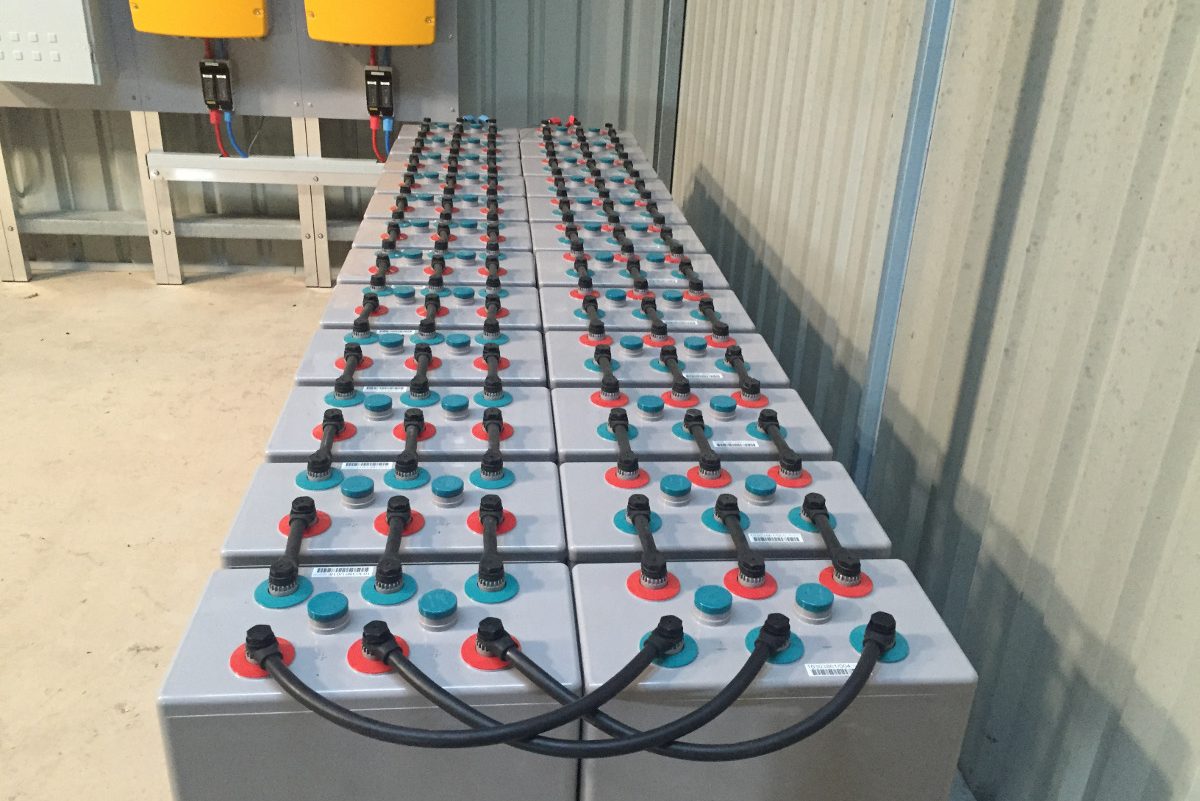States and solar manufacturers are looking to storage as solar integration grows. Energy storage can smoothen electricity rates through arbitration, control nighttime energy ramps, reduce the risk of cutoff, and offer backup power, among other things.
Increased storage installation can alleviate grid management issues, opening up new avenues for solar adoption. While there are several approaches to tackling solar integration at various degrees of adoption, storage places the ability to promote integration back in the arms of solar consumers.
On-Grid System
On-grid systems are by far the most popular among homeowners and businesses. These systems are supported by the grid system and do not require batteries. Any extra solar power generated is transferred to the power grid. You are generally compensated for the energy you export.
This system, unlike hybrid systems, cannot work during a blackout for safety concerns. Because blackouts often occur when the energy grid is disrupted, it jeopardizes the safety of those working to restore the network’s flaws.

Off-Grid System
Because an off-grid system is not linked to the power grid, battery storage is required. It must be properly constructed so that it can generate sufficient electricity all year round and have an adequate battery capacity to fulfill the needs of the residence.
Off-grid installations are significantly more pricey than on-grid installations due to the high cost of battery packs and off-grid inverters. As a result, such a system is typically only required in more remote locations that are disconnected from the power grid.
Because of their long lifespan and easy maintenance, lithium-ion batteries have quickly become the most common choice for residential solar arrays. Lead-acid batteries are a fantastic alternative if you want something less expensive. They do, however, require routine maintenance.
Hybrid System
A smart hybrid system combines solar power and battery storage into a single unit. It is currently available in a number of different forms.
Because the cost of battery storage is falling, devices that are already linked to the power grid can begin to benefit from energy storage systems as well.
This implies that consumers may store solar energy produced during the day and use it at nighttime.
Another advantage is that when the stored energy is gone, the grid serves as a backup option. This gives customers the benefits of both on-grid and off-grid systems.
Hybrid systems may also charge batteries using inexpensive off-peak power, which typically runs from after midnight to 6 a.m.



